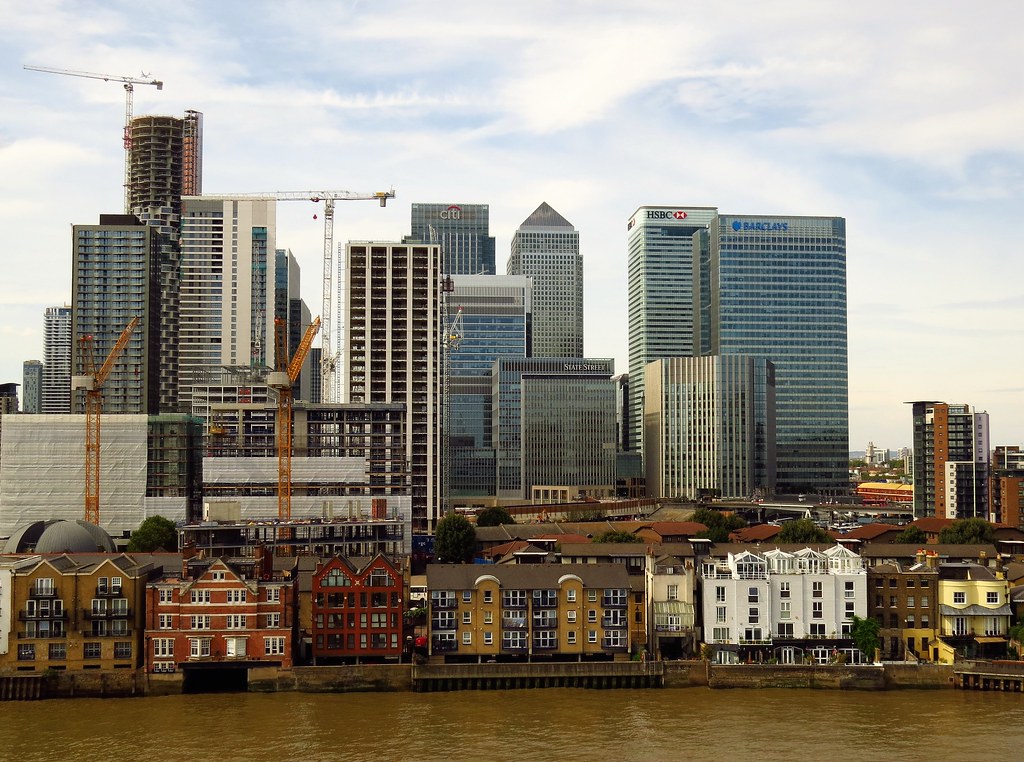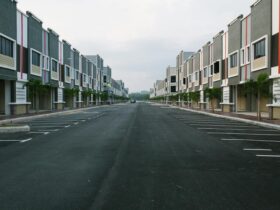London’s average apartment rents displayed stability in August, according to a recent market report, showing slower year-over-year growth compared to numerous other Canadian cities. This local trend comes as average asking rents for apartments, condos, houses, and townhouses reached a record high of $2,117 across Canada in August.
In London, the average rent for a one-bedroom apartment stood at $1,800 last month, while two-bedroom units were around $2,133, as reported by Rentals.ca. These figures represent an approximate 2% increase from the previous month, closely aligning with the national averages of $1,879 for one-bedroom units and $2,339 for two-bedroom apartments.
David Aizikov, a senior analyst with Rentals.ca, highlighted that London differs from most Ontario municipalities due to its robust history of rental development. London’s one-bedroom apartment rental costs rank 21st among the 35 Canadian cities featured in the monthly report, placing it in the middle. London’s one-bedroom rents were more affordable than those in other Ontario cities like Burlington, Guelph, Hamilton, and Kitchener.
Factors such as increased housing supply and moderate population growth are contributing to the stabilization of rental prices in London, according to Aizikov. Year-over-year, there has been a 37% surge in the number of apartment listings in London, including private owners putting properties up for rent. Developers have also introduced new units into the market, particularly in the purpose-built rental sector.
While many cities like Hamilton, Ottawa, and Toronto have seen year-over-year increases in one- and two-bedroom rental prices, London’s averages have decreased by around 2% compared to the same month in 2022, as per the Rentals.ca report. However, this stability could result from various factors, and it’s essential to interpret these numbers within the context of a single month.
Interest rate uncertainties can impact the rental market by affecting new supply. Builders might be hesitant to commence construction on new units if the financing costs are uncertain. The slowdown in housing starts today will have repercussions in the future.
Steve Pomeroy, a consultant and professor at McMaster University’s Canadian Housing Evidence Collaborative, mentioned that London’s year-over-year rental price steadiness in August could be attributed to several factors. One potential reason could be construction completions in the first seven months of the year, which helped stabilize prices. Additionally, a potential levelling off in the number of international students or immigrants coming to London may have weakened demand slightly.
Interest rate uncertainty is influencing the viability of rental development, as the Bank of Canada has raised the key interest rate ten times since March 2022. Developers may find it less feasible to build rental units due to increased interest rate costs and other rising building expenses.
The recent removal of GST on rental unit construction by the federal government is seen as a positive step, but it may not yield immediate changes for renters. Aizikov stated that other factors, such as labor costs, increased material expenses, higher development charges, and interest rates, have been driving down the number of new projects. More actions by provincial governments and local municipalities will be necessary to stimulate development in the right direction.














Leave a Reply